Backcountry skis open up several options when it comes to the right boots, and the best choice depends on the type of bindings you have. Let's take a closer look at the different boot options available, making it easier for you to find the perfect match for your backcountry skiing adventure.
All you need to know about skis and much in this video:
Can you use regular ski boots with backcountry skis?
Using regular downhill ski boots with backcountry skis is possible, but it's not ideal for true backcountry skiing. Regular downhill ski boots are designed for use with alpine ski bindings and are generally heavier and less flexible than backcountry-specific boots. Backcountry skiing involves a combination of skiing on groomed trails and venturing into ungroomed, off-piste terrain, often requiring more agility and flexibility.
Gear up for your next winter adventure
What Boots Do You Need For Backcountry Skiing?
Backcountry skis typically requires special boots designed for the specific demands of off-piste skiing and touring. These boots are known as backcountry or alpine touring boots. They are specifically designed for the demands of both uphill and downhill travel. They are generally lighter, have a walk mode for easier uphill climbing, and often have tech inserts for use with tech bindings. Additionally, backcountry boots are more comfortable for walking and hiking, which is essential when you're navigating varied terrain.
How do ski touring boots work?
Ski touring boots have a "walk mode" for walking uphill with a flexible ankle, and a "ski mode" for skiing downhill with better support. These boots are lighter than regular ski boots, making it easier to move around. Walk mode enables a more flexible and comfortable range of motion for walking and climbing. In this mode, the boot's cuff can move forward and backward, making it easier to ascend slopes. When it's time to ski downhill, you switch the boots to ski mode. In this mode, the cuff locks into a more rigid position, providing better support and control for descending. This mode ensures the boots function like traditional alpine ski boots when going downhill.
Traditional backcountry ski boots offer excellent performance but come with their set of limitations. Let's introduce a game-changing alternative – our innovative Snowfeet* WALKSKI Backcountry Touring Skis | 99 CM with special bindings. When choosing backcountry boots, it's essential to consider your specific needs and preferences, such as the type of terrain you plan to ski, the duration of your trips, and your skiing style.Conclusion

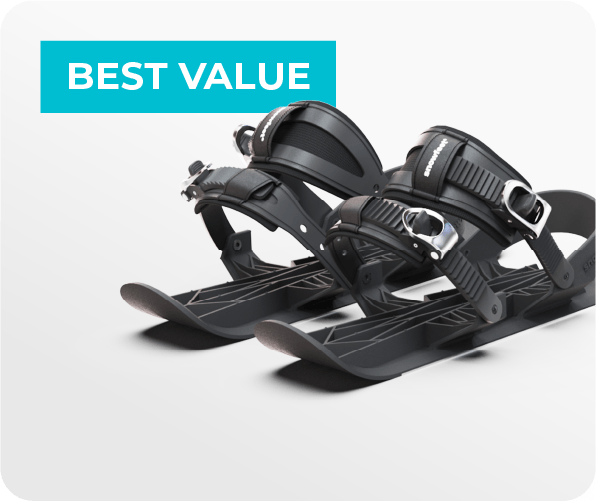
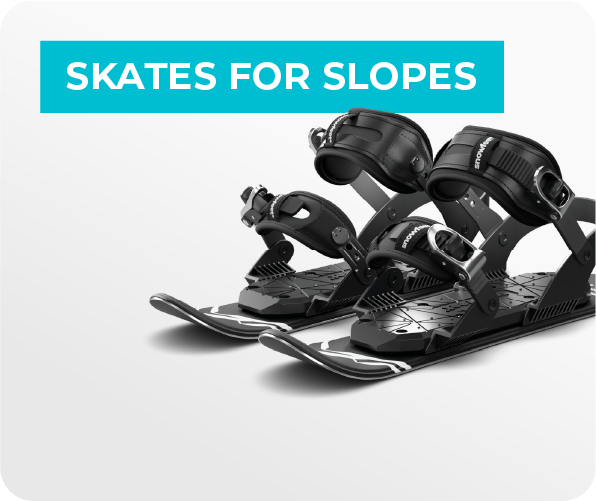
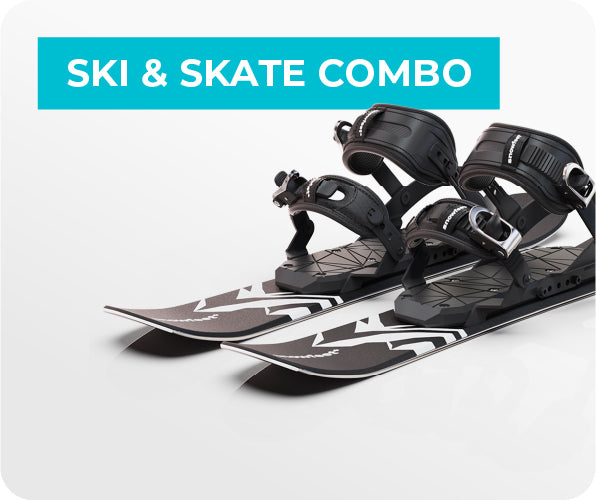
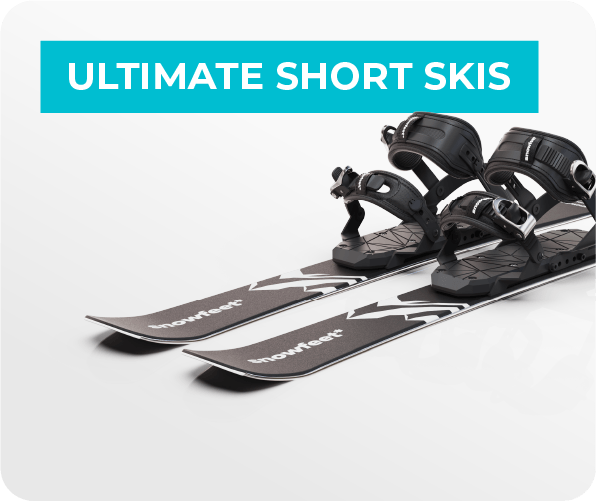
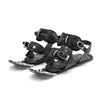
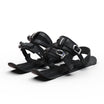
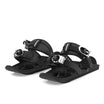
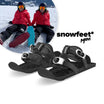
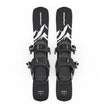
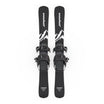
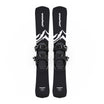
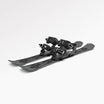
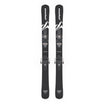
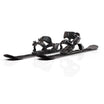
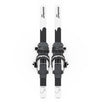
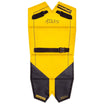
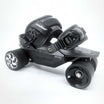
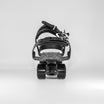
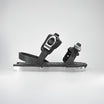
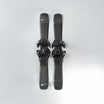
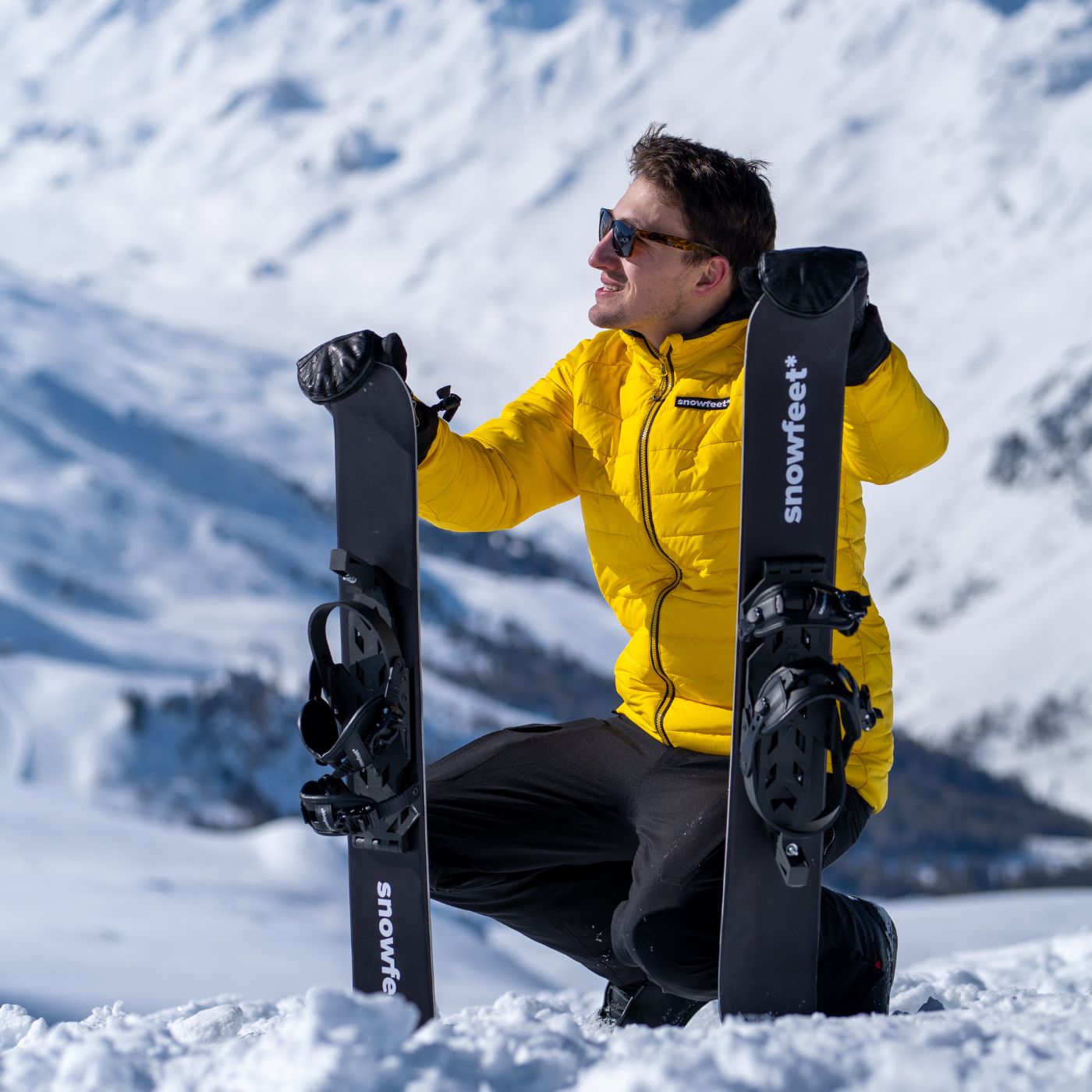
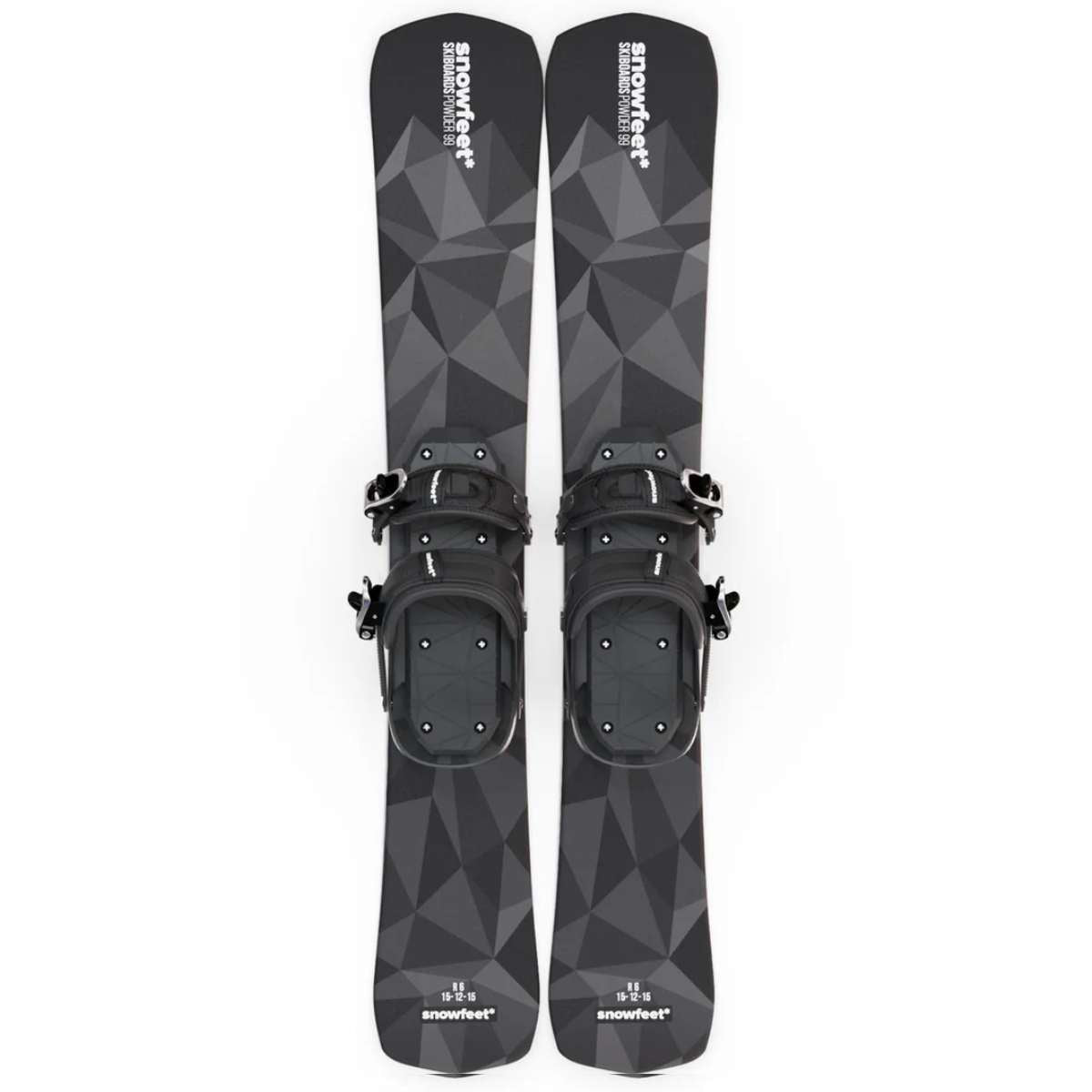

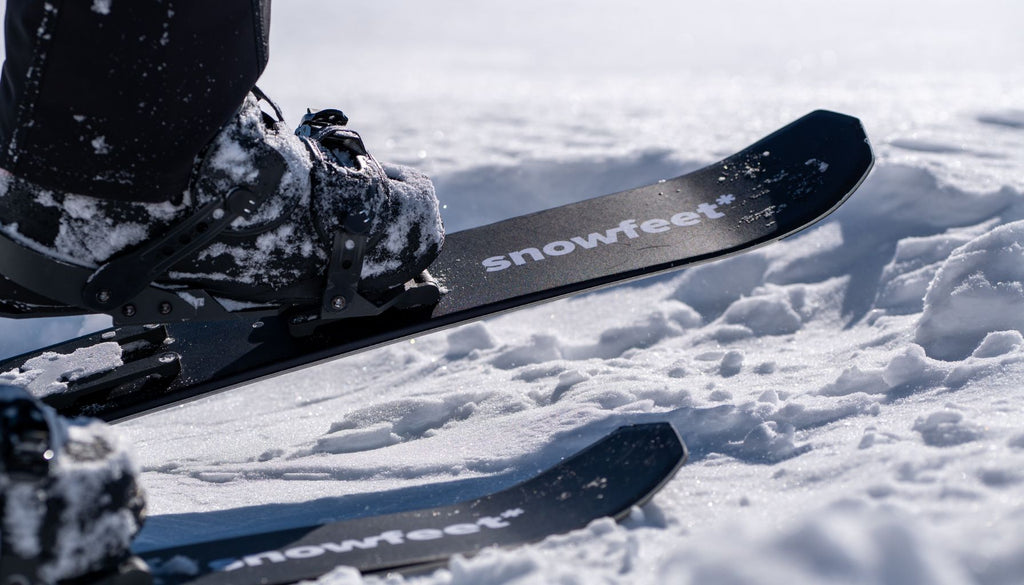
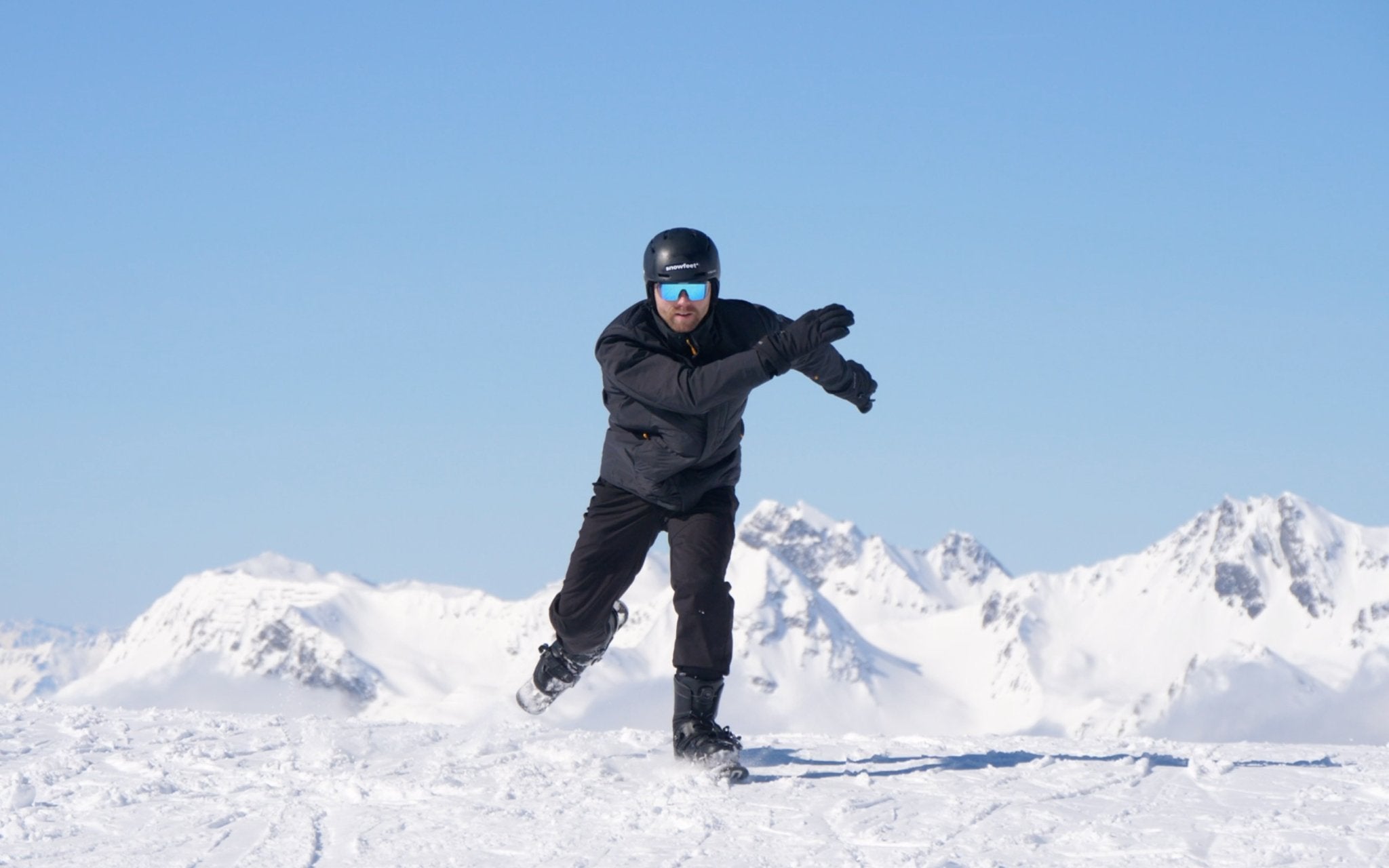
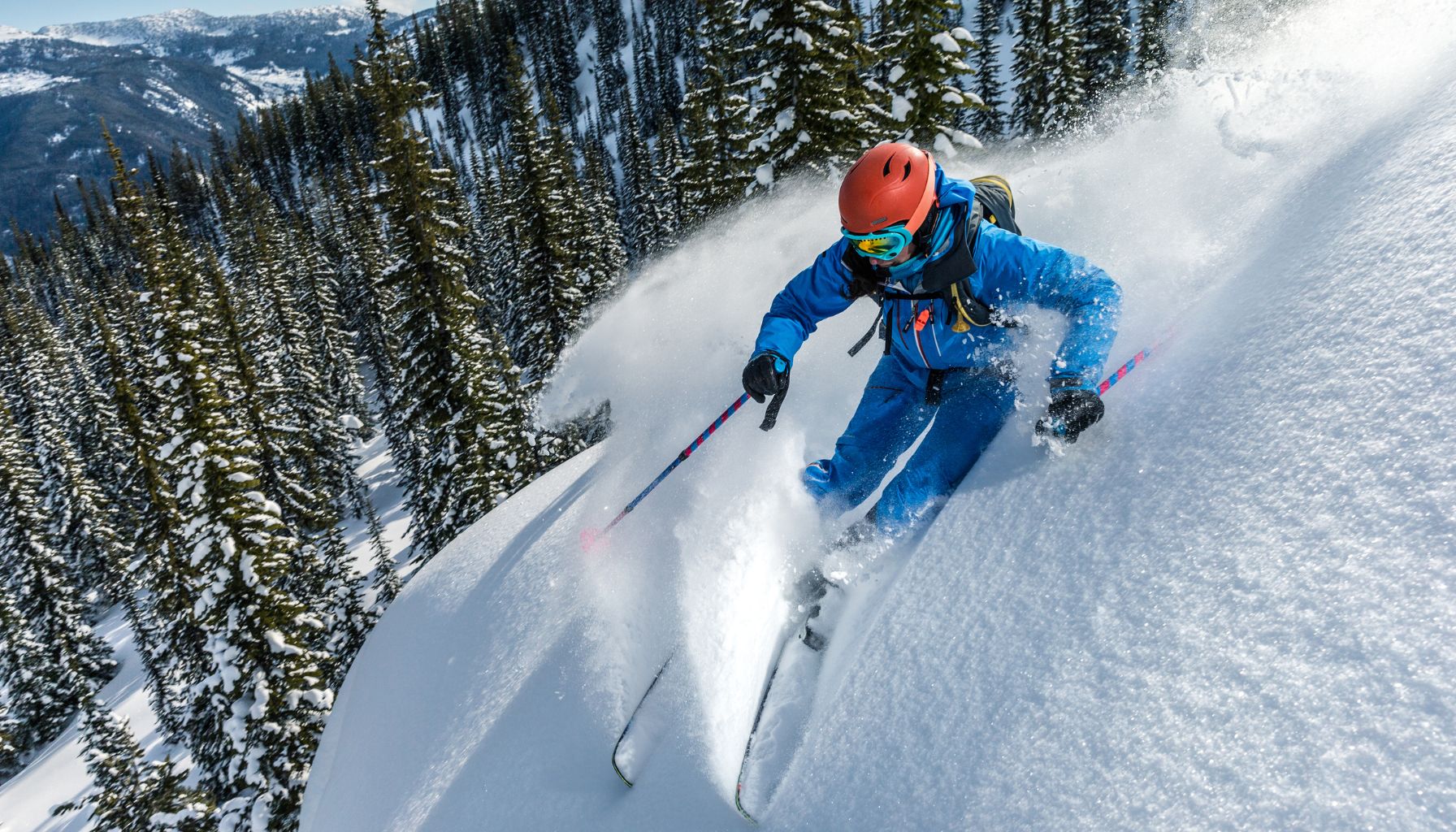
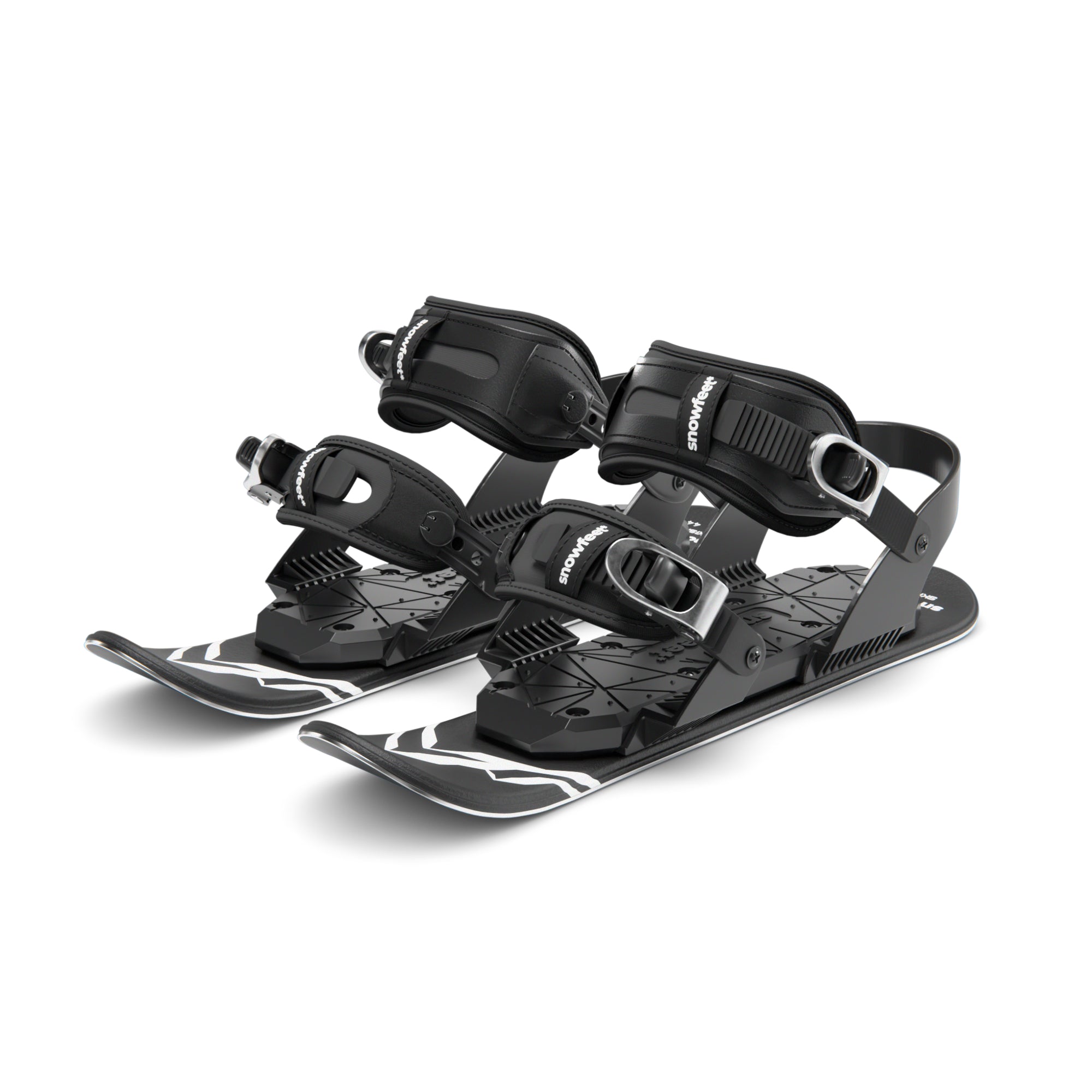
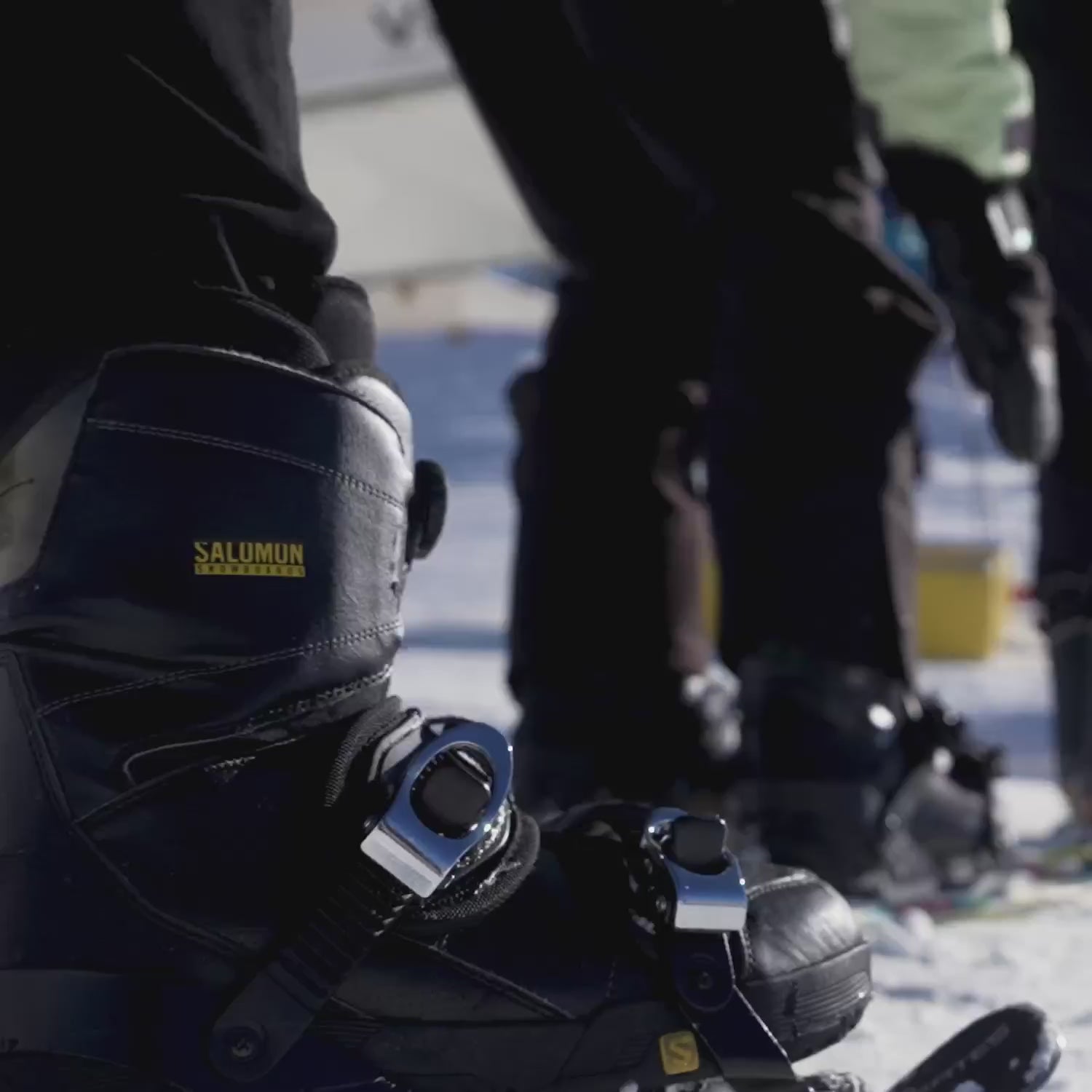
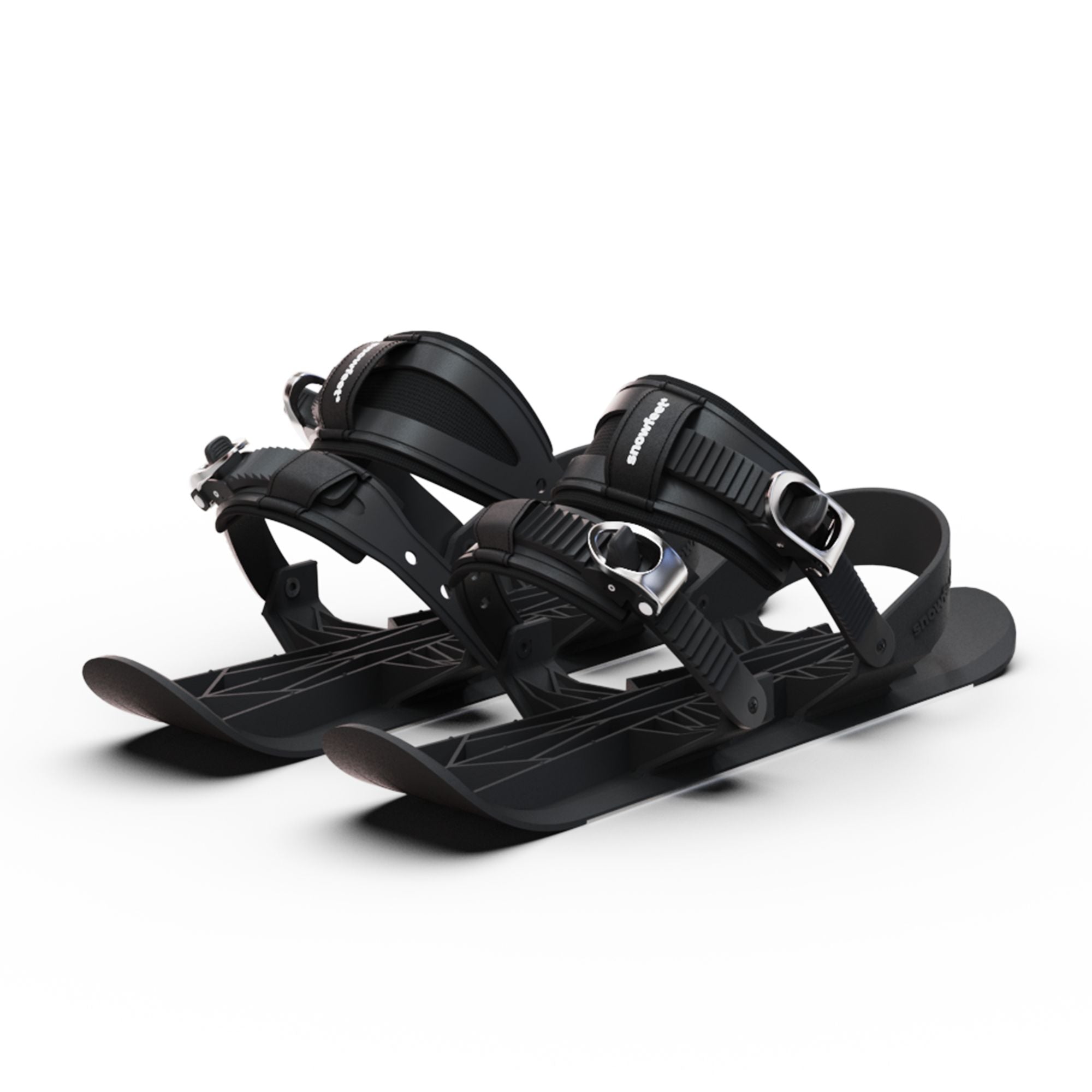
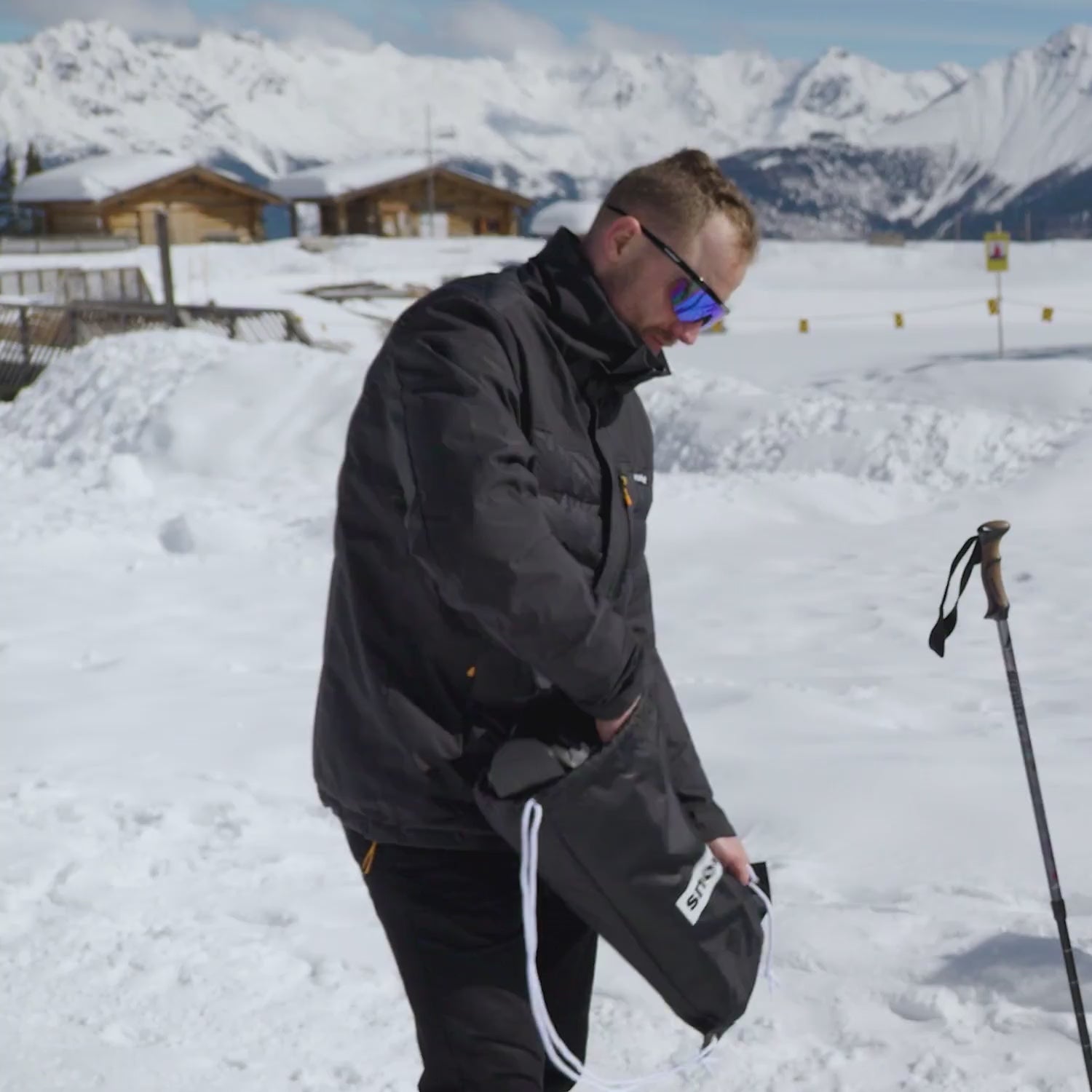
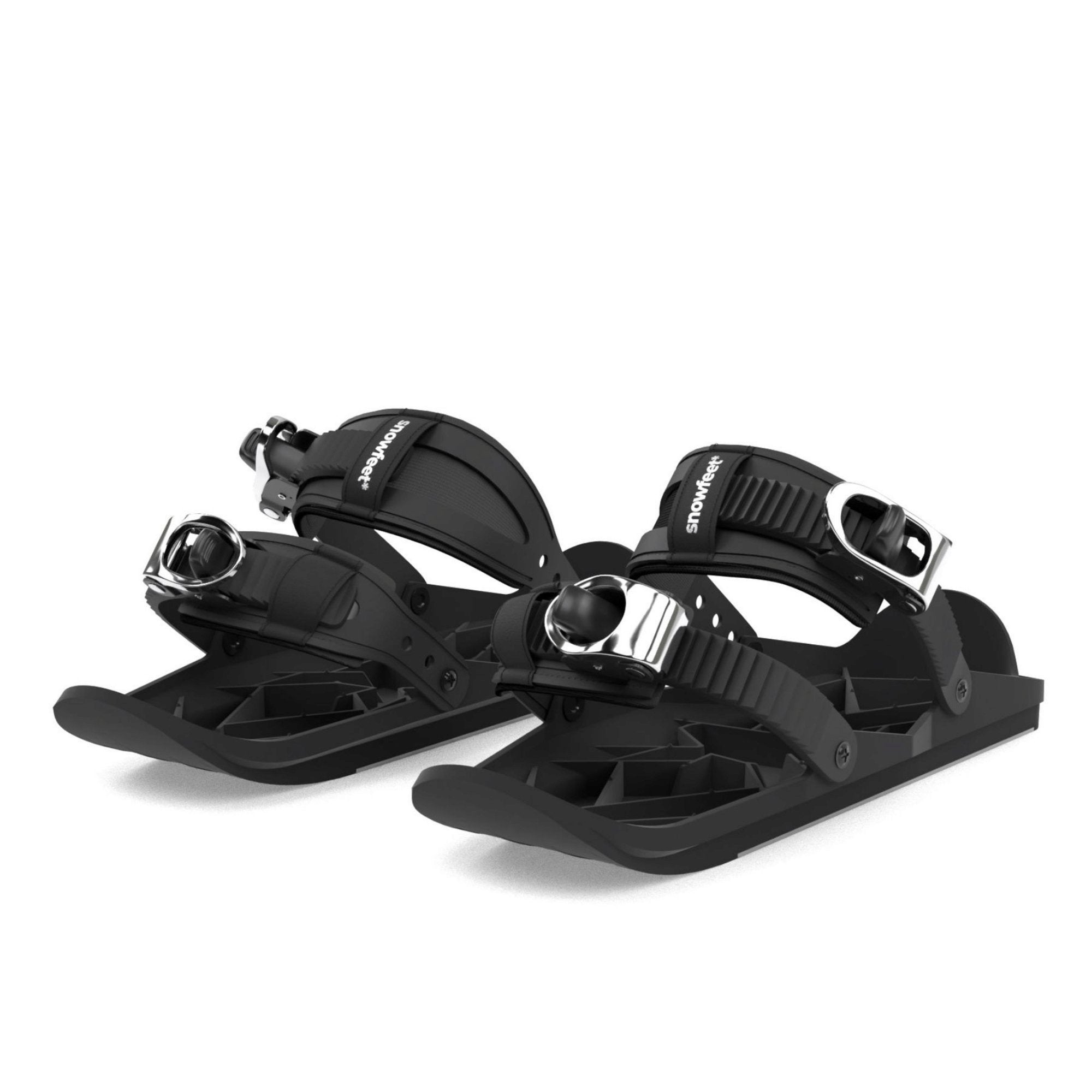
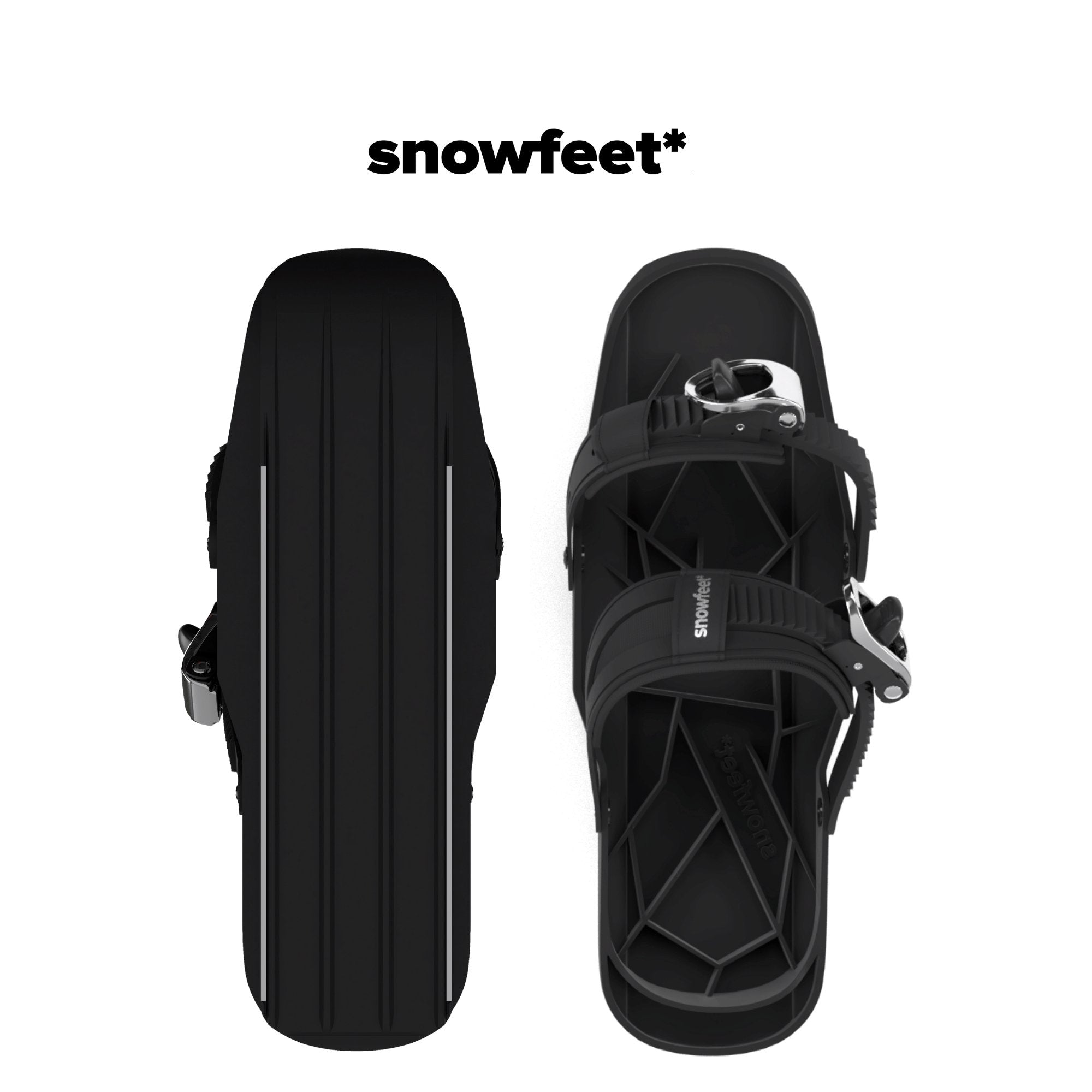
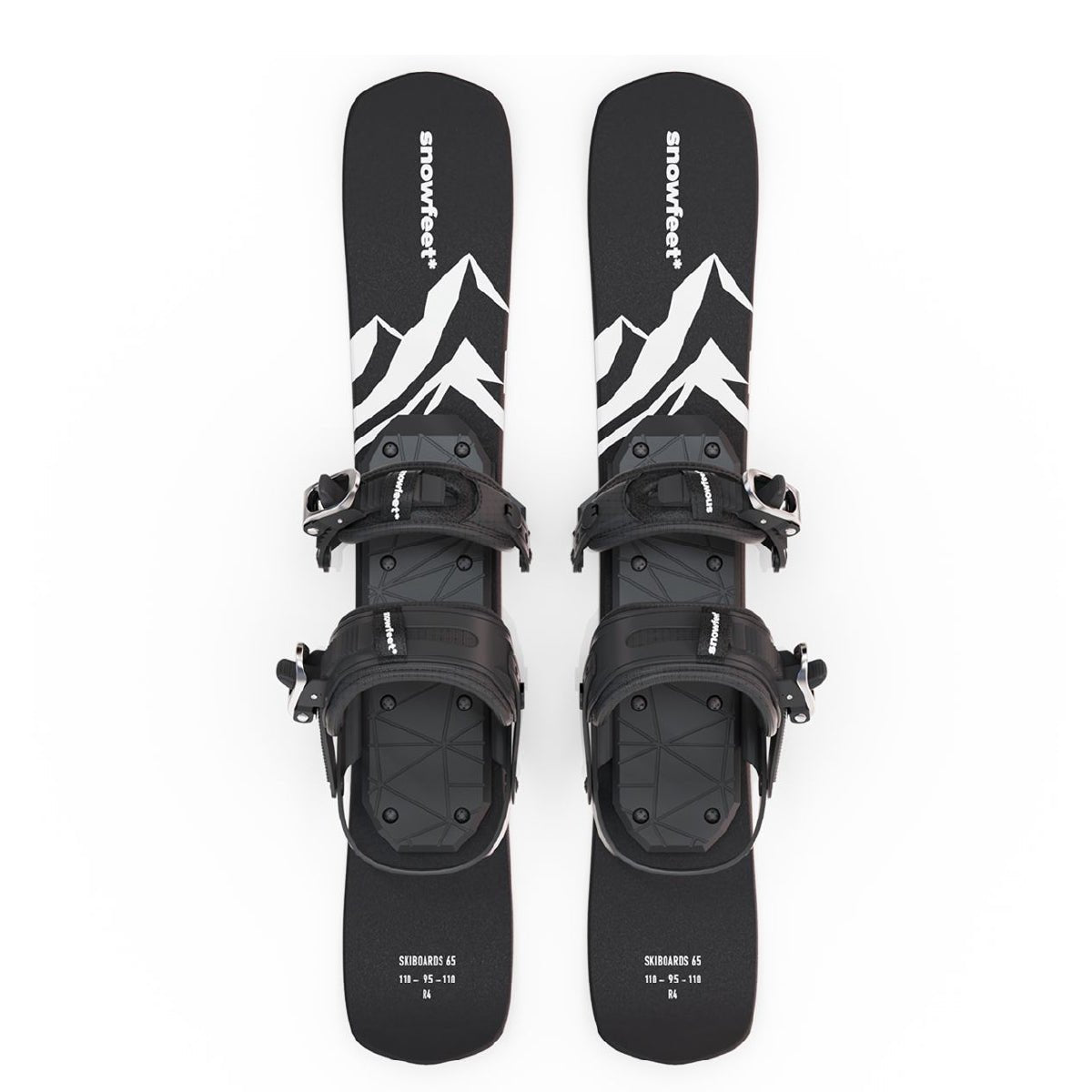
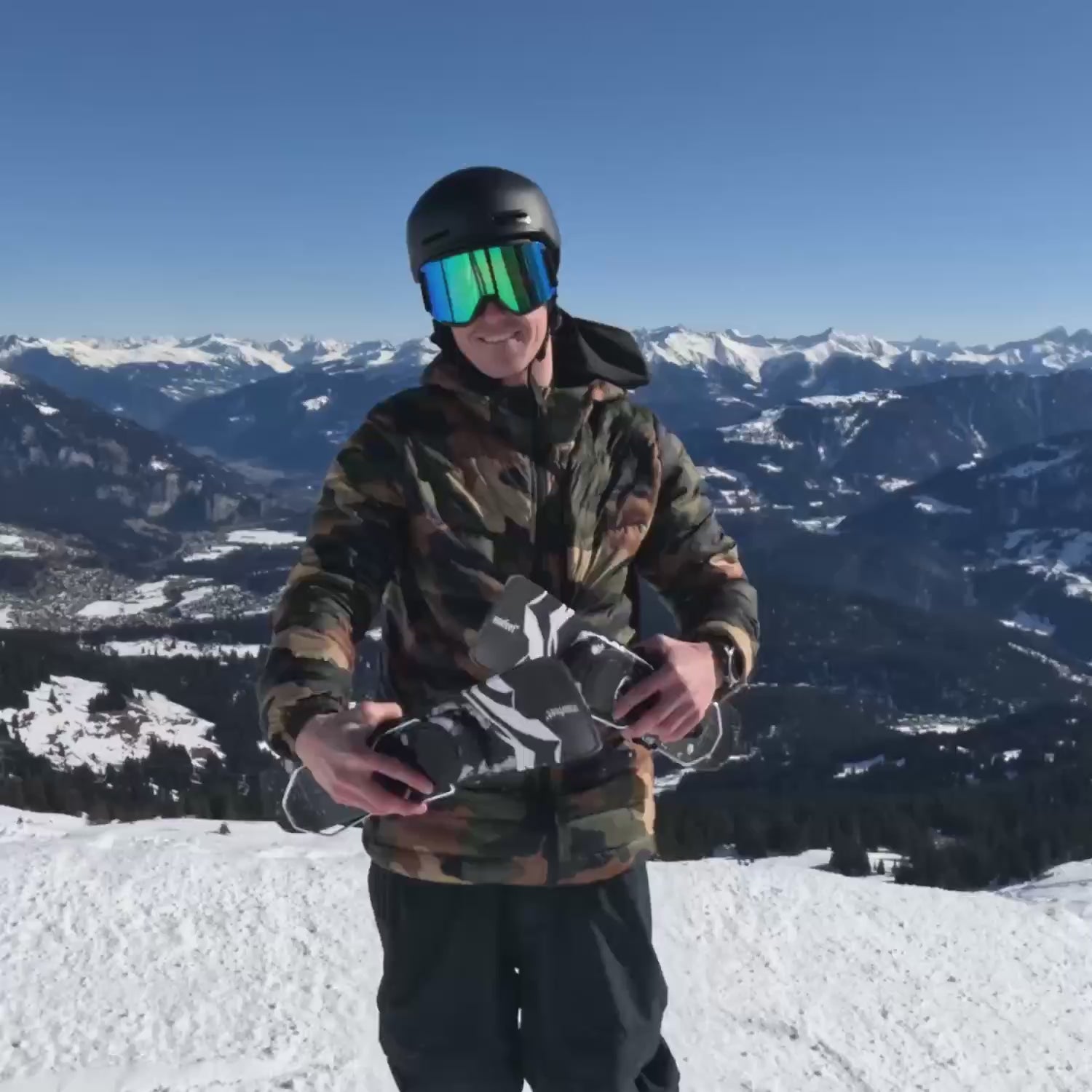
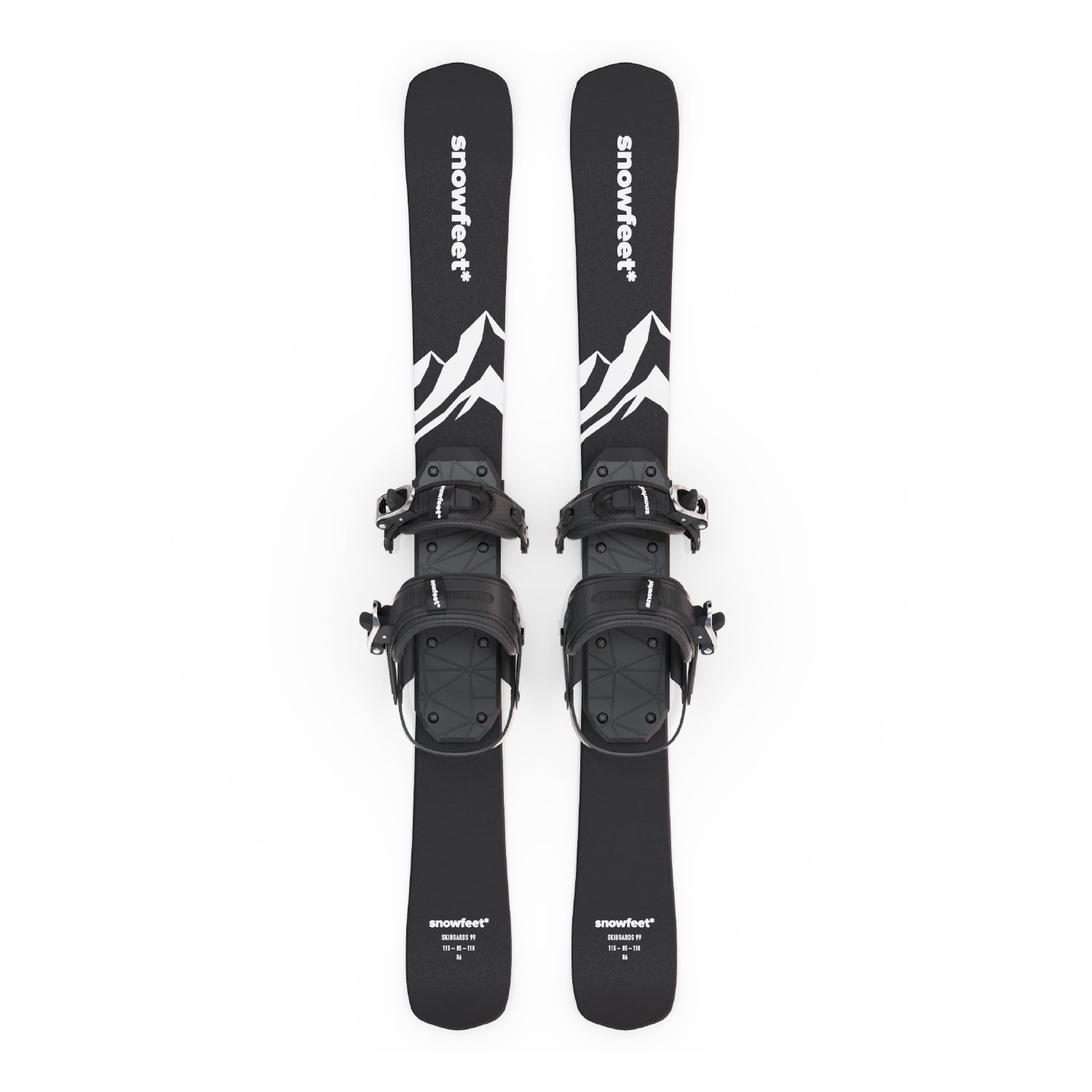
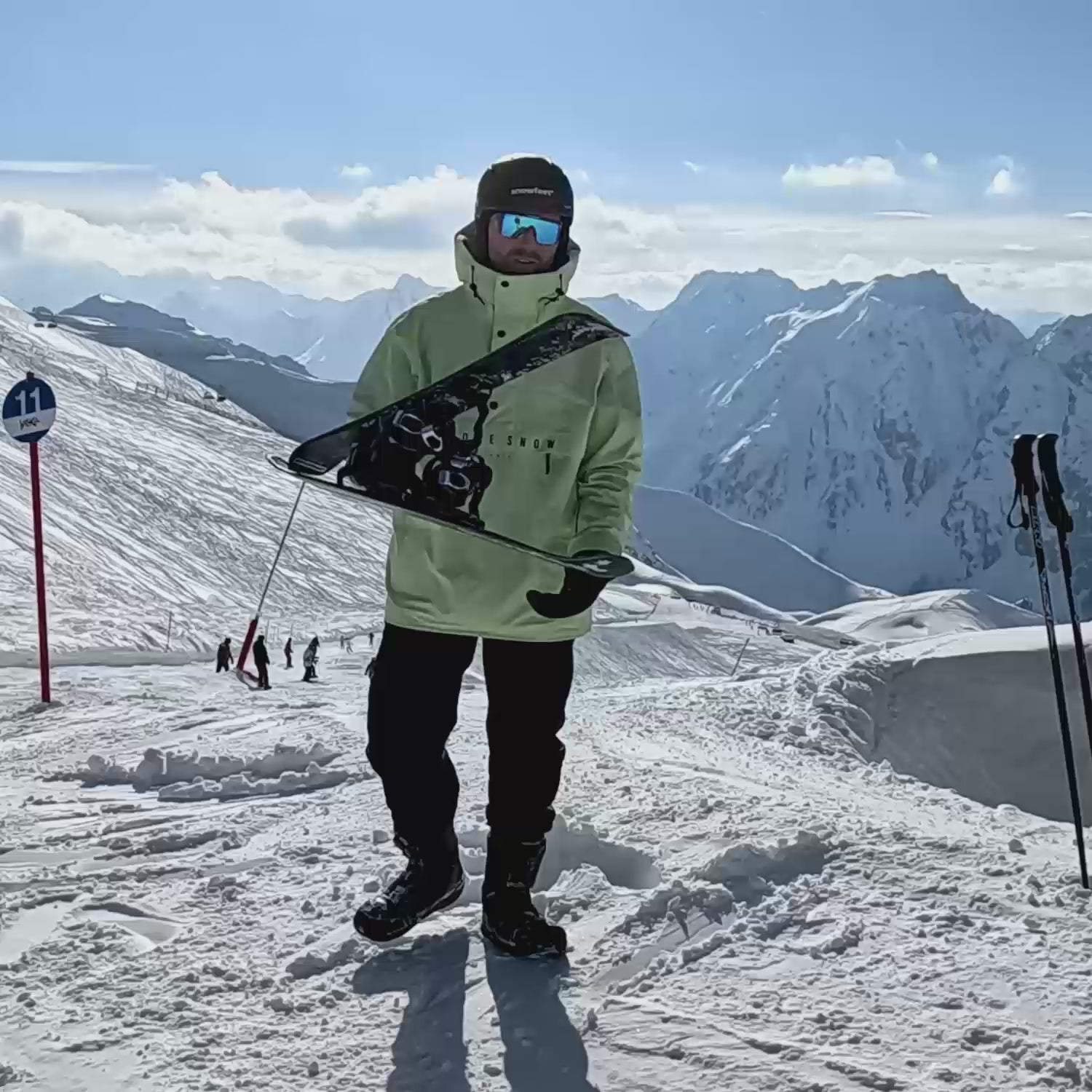
Leave a comment
This site is protected by hCaptcha and the hCaptcha Privacy Policy and Terms of Service apply.